A Beginner’s Guide to Hanfu Undergarments

Are you ready to expand your Hanfu wardrobe? Well, let’s start with the essentials: Hanfu undergarments!
For many people, the idea of Hanfu undergarments might not be a top concern at first. After all, we’re used to our everyday underwear, right? But as you dive deeper into the world of Hanfu, you’ll soon realize that having a few key types of Hanfu undergarments in your wardrobe is not only practical but can also add significant aesthetic value to your outfit.
In this guide, I’ll introduce the different types of Hanfu undergarments, including the basic Hanfu Zhongyi, their benefits, and how to choose the right ones. Let’s get started!
Why Do We Need Undergarments?
First off, why exactly do we need Hanfu undergarments? There are several practical and aesthetic benefits to wearing them with Hanfu.
One of the main practical reasons is that when you wear high-quality, delicate fabrics like embroidered silks or metallic threads, you’ll soon notice that the underside of these materials is not always the most comfortable—especially if, like me, you have sensitive skin. Metal threads or embossed fabrics can be rough, and even lightly textured fabrics may irritate your skin after prolonged contact. When clothes are loose and move around on your body, they can cause friction that leads to discomfort. That’s where Hanfu undergarments come in—they provide a barrier between your skin and these beautiful but rough fabrics.
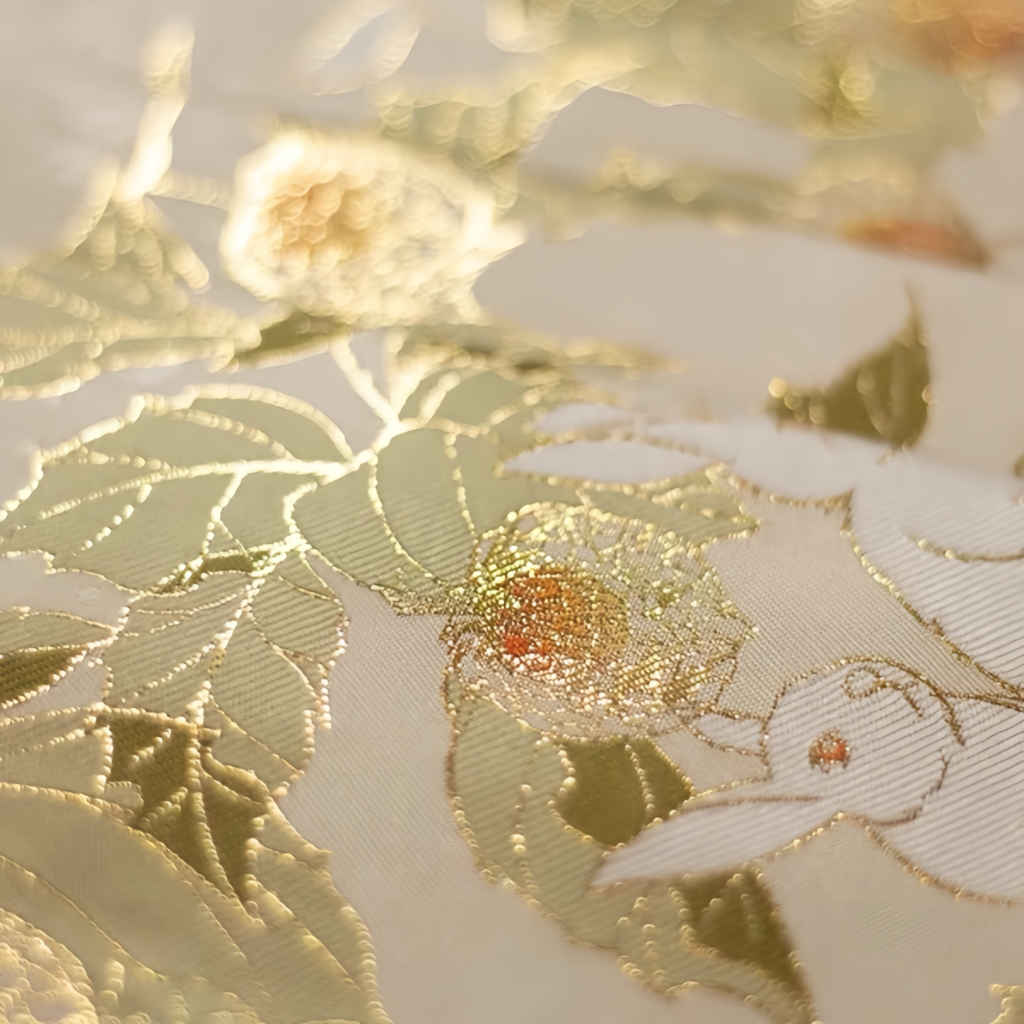
Another practical reason is transparency. A lot of modern Hanfu is made from sheer or semi-transparent materials like chiffon. If you don’t want your outfit to reveal more than you’d like, undergarments like slip skirts or shorts can solve this issue. Even some fabrics that appear opaque may become see-through under strong light, especially lighter colors. Wearing undergarments like these, made from opaque fabrics, ensures that you’re covered and comfortable.

Aesthetically, Hanfu undergarments can also take your Hanfu look to the next level. Many types of Hanfu undergarments, especially those with round collars or cross-neck designs, look even better when an undergarment is visible. For example, the collar of a Hanfu undergarment peeking out from beneath your Hanfu collar adds a touch of elegance and depth to the outfit. The cuffs of an undergarment can also show through from under the sleeves, adding visual interest, especially since many outer garments are simple or feature solid colors or patterns.
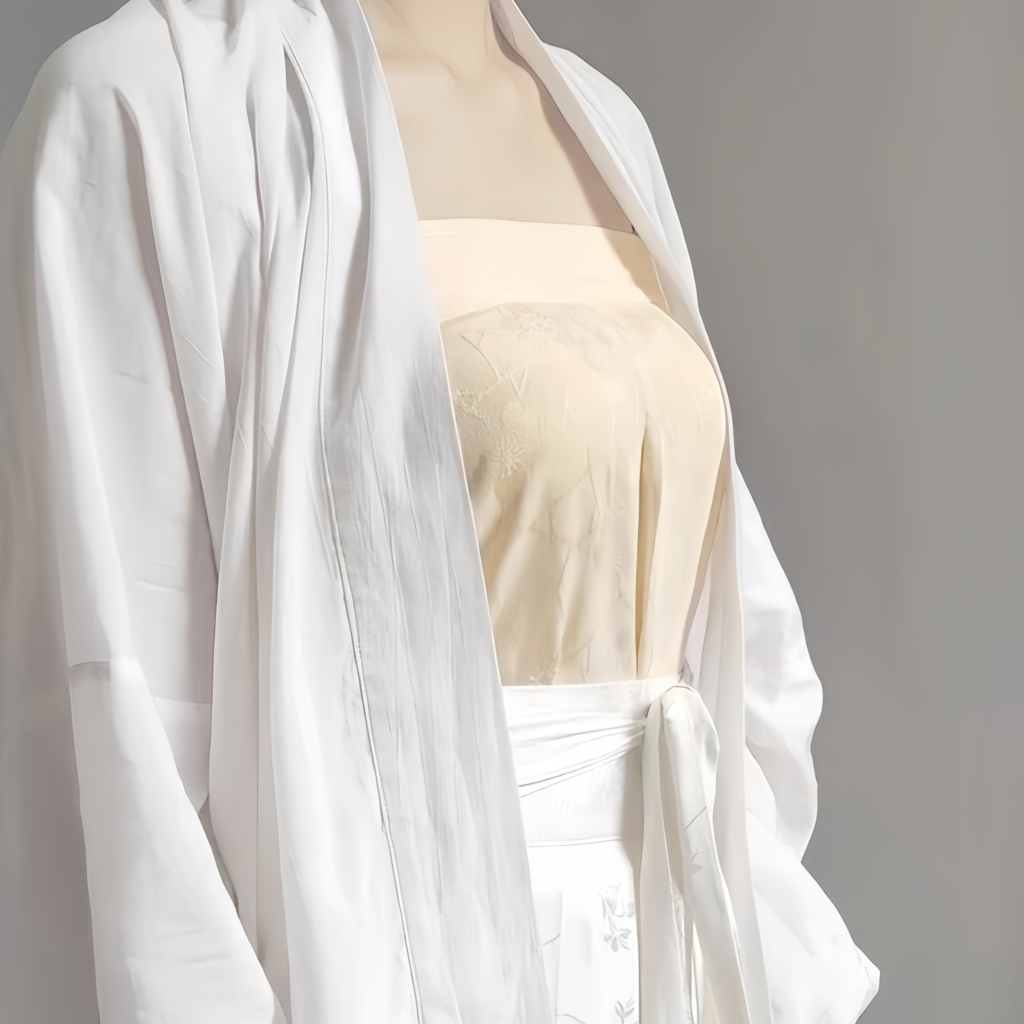
Now, if you’re concerned about wearing too many layers in hot weather, don’t worry. Thin undergarments made from cotton or silk are breathable and comfortable. In fact, depending on the type of undergarment, some can even replace bulky layers of silk or polyester. On the other hand, during winter, thicker undergarments can provide added warmth under your Hanfu.
Different Types of Hanfu Undergarments
Let’s take a look at the different kinds of undergarments you might want to include in your wardrobe.
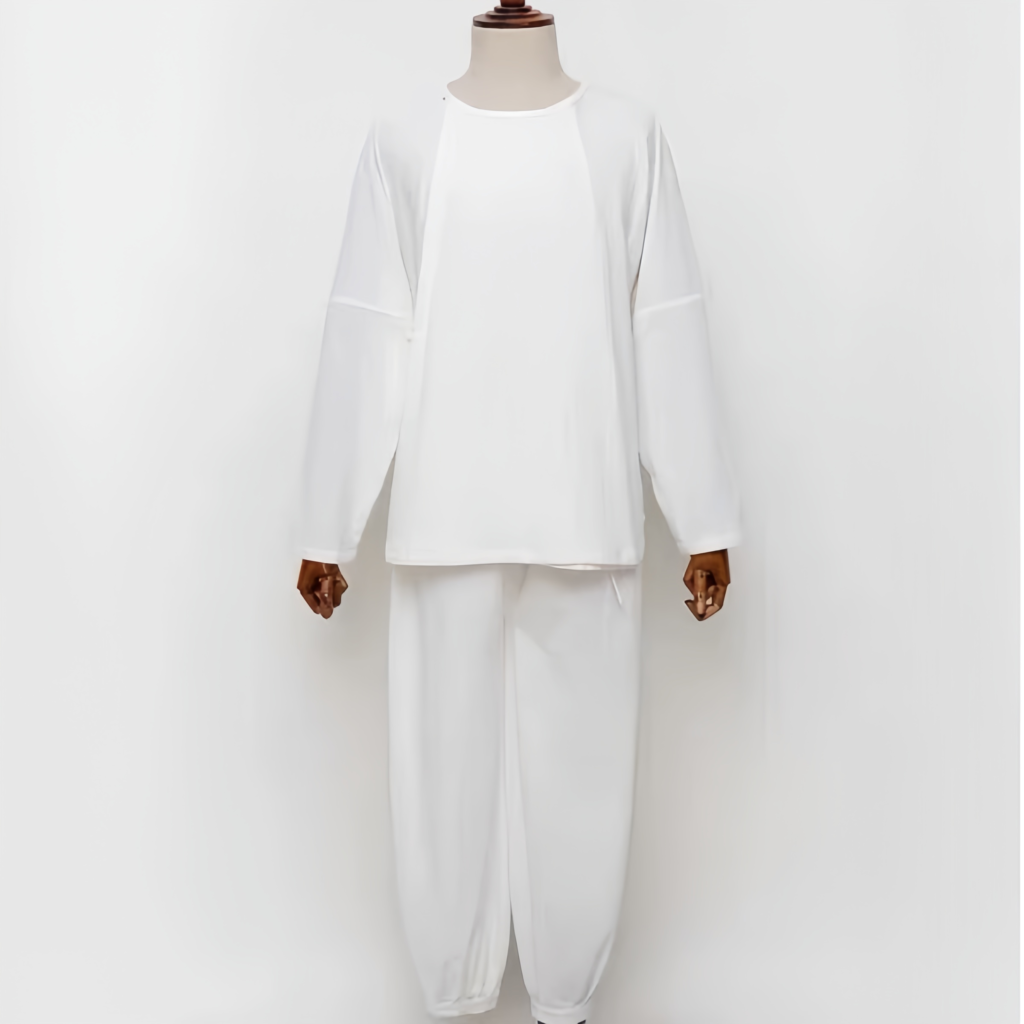
1. Zhongyi (中衣)
The Zhongyi is the most basic and essential undergarment. It consists of a simple top and a pair of pants (known as Zhongku). These are usually white and plain, without any fancy embroidery or decoration. Most Zhongku are designed with elastic waistbands or drawstrings for convenience, so you don’t need to worry about any complicated tying.
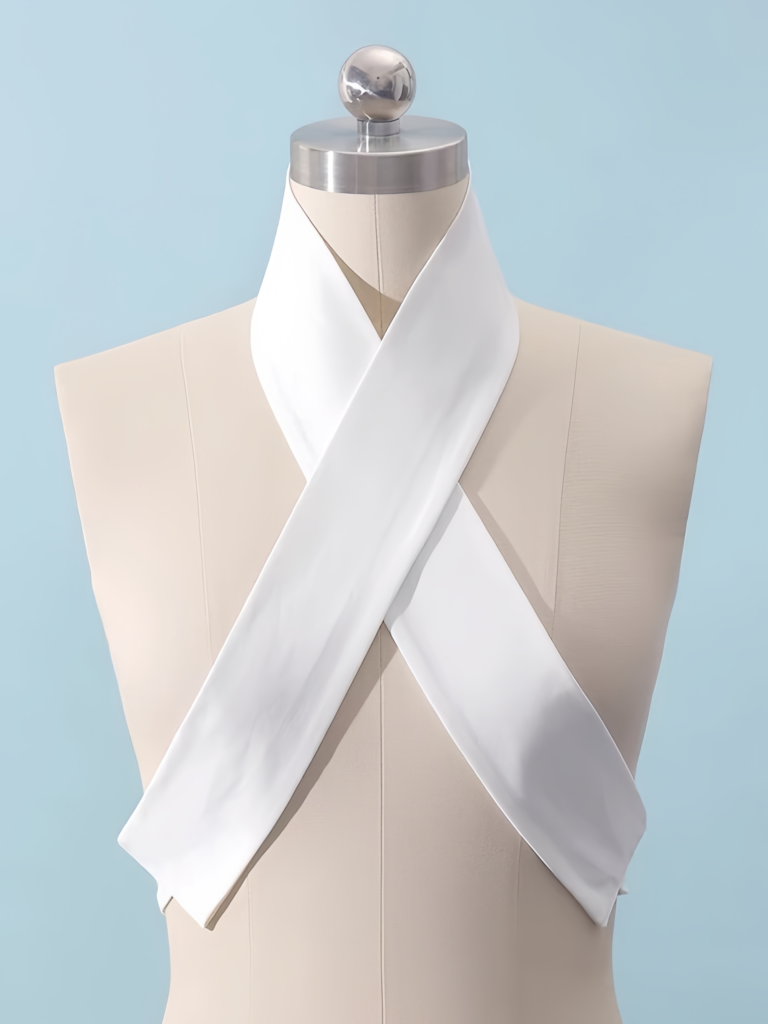
The top is typically a cross-collared or round-collared design with narrow sleeves and a high collar. Occasionally, there may be some embroidery around the collar or cuffs, as these parts are sometimes visible when you wear your Hanfu. The Zhongyi is the most basic Hanfu undergarment and works under nearly all types of Hanfu outfits, from ruqun to aoqun (skirt tops).
If it’s really hot and you don’t want to add an extra layer on top, you can also opt for fake collars. These are essentially just the collar portion of a cross-collared top, and you tie it around your shoulders before putting on your main Hanfu. However, make sure not to wear this with transparent garments.
2. Slip Skirt (衬裙)
A slip skirt is another essential undergarment, especially when your Hanfu skirts are a bit sheer or rough. Most slip skirts are designed with an elastic waistband and a smaller circumference so they don’t interfere with the silhouette of your outer skirt. These skirts can perform the same function as a normal Hanfu skirt but are made with opaque materials to ensure your outer garment is not see-through.
3. Bandeau or Bust Support (抹胸)
The “Bandeau” or bust support is another type of undergarment in the Hanfu wardrobe. These are worn across the chest and come in several subtypes, providing support for the chest while also serving as an outer garment in some styles.
Spaghetti Strap Top: This is similar to a simple tank top with shoulder straps. Some versions may have a small elastic band at the back to keep it snug. It’s a more modern version of the traditional Hanfu undergarment and is quite comfortable. However, it’s not as supportive as other options, so it’s still a good idea to wear a bra underneath.
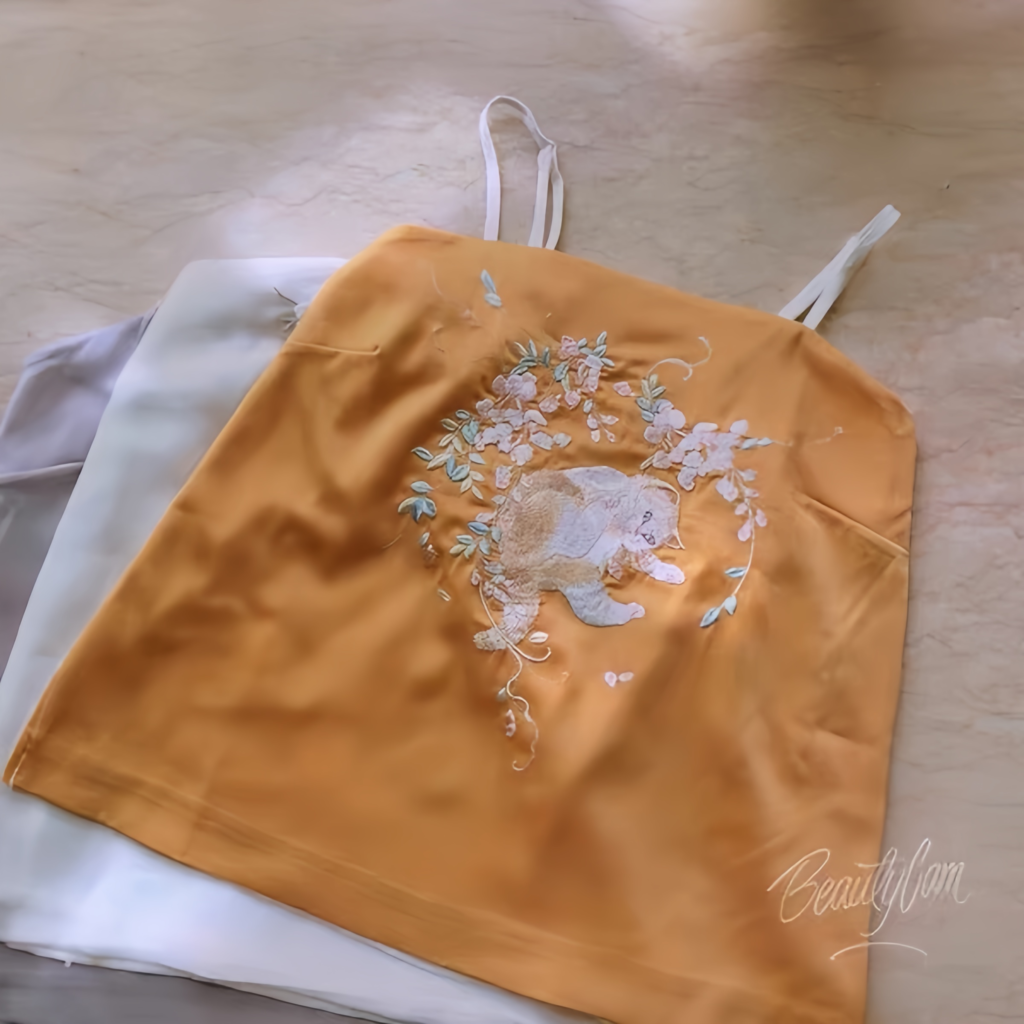
Song Dynasty-style Bust Support (松帛): The Song-style bust support is a simple piece of cloth wrapped around the chest, kind of like a very short, chest-level skirt. It doesn’t have straps, so it may take a little getting used to, but it’s very easy to make. Some Song-style bust supports have pleats or embroidery for added decoration.
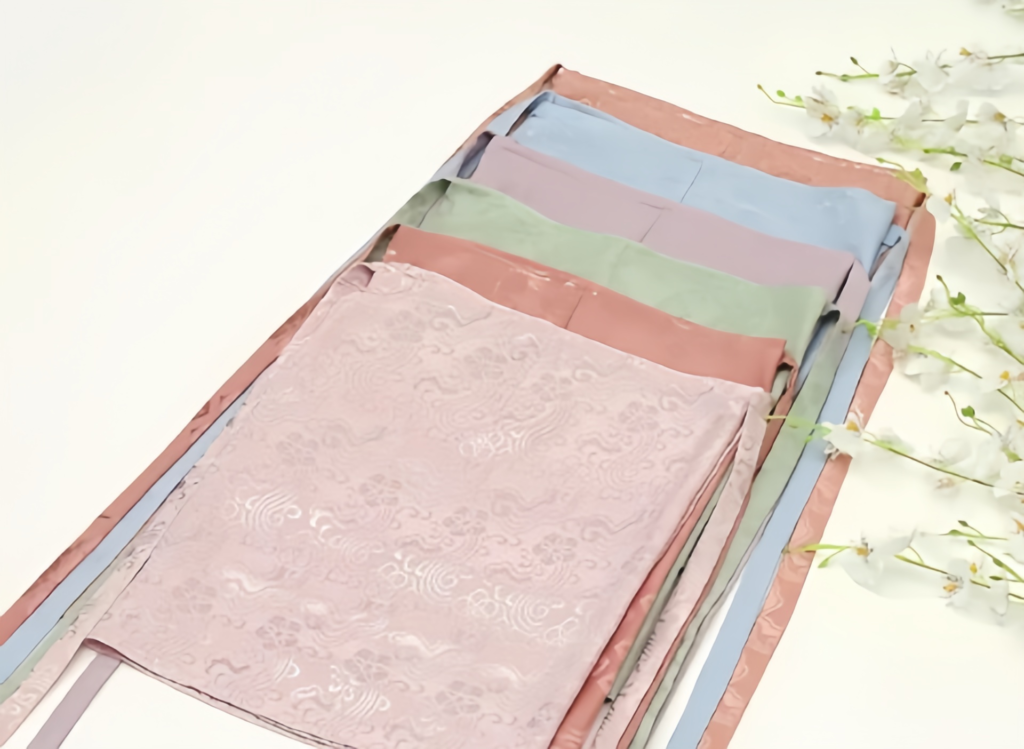
Zhuyao (珠腰): This is the most unique of the three, and it became popular during the Ming Dynasty. The Zhuyao has a row of buttons down the front (called “mother-child buttons”) and is sometimes accompanied by a belt, though not always. It’s perfect for summer, worn on its own, or underneath a skirt or robe for chest support. The buttons, which were only introduced in the Ming Dynasty, offer good support.

How to Add Undergarments to Your Wardrobe
You might be wondering, “How do I start adding Hanfu undergarments to my wardrobe?” Here’s my advice.
First, I recommend having at least one basic white Zhongyi (top and pants) and a bandeau (any kind will do). If possible, add a slip skirt and a pair of underpants to complete the set. Beyond that, I suggest getting these types of Hanfu undergarments in black or thicker materials, as they’ll work with any outfit. If your Hanfu turns out to be a bit transparent, you’ll always have something ready to wear underneath.

Some stores might sell Zhongyi with expensive Hanfu outfits, but the price can be unnecessarily high. Don’t feel like you need to buy a separate set for each Hanfu. Think of the Zhongyi like a white T-shirt or a pair of jeans—it’s versatile and you don’t need to buy a new one for every outfit.

When choosing Hanfu undergarments, comfort is key. I recommend opting for silk if you can, but cotton is also a great choice. Cotton is soft, non-irritating, and more affordable. Make sure to check the sizing carefully, as a poorly sized undergarment can mess up the lines of your Hanfu.
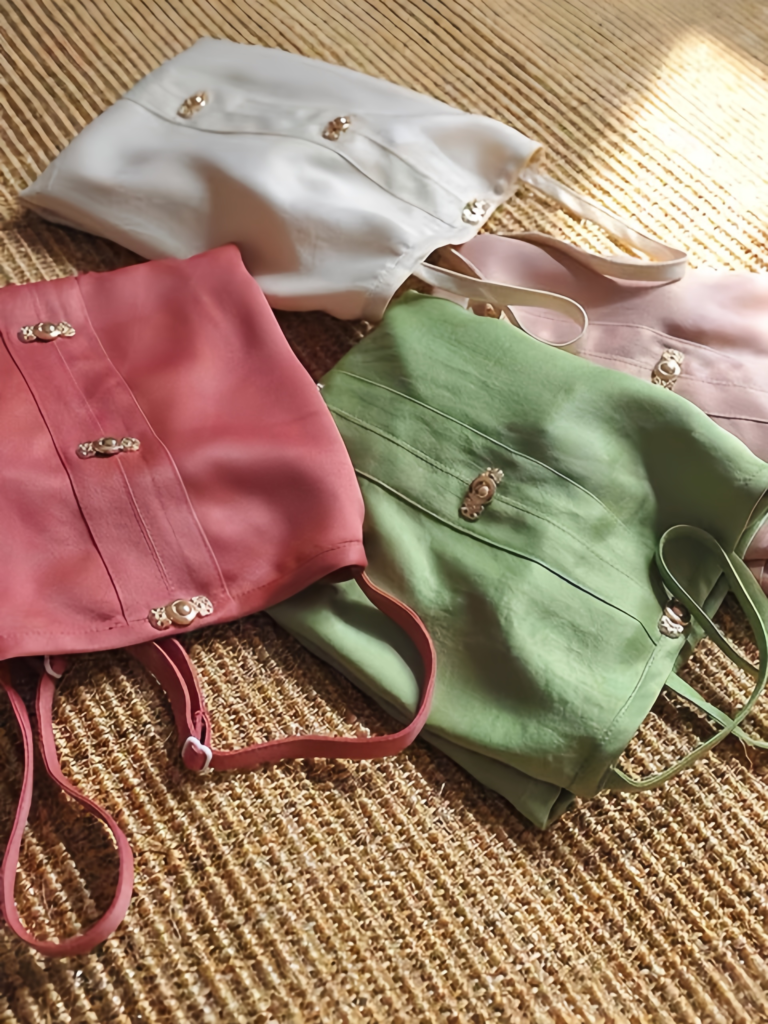
Once you’ve found the right fit and material, wearing undergarments with Hanfu will soon feel like second nature. You might even find yourself mixing and matching undergarments with your everyday outfits! If you have any questions along the way, feel free to ask. Happy Hanfu styling!
For more detailed information on Hanfu undergarments, feel free to check out here.
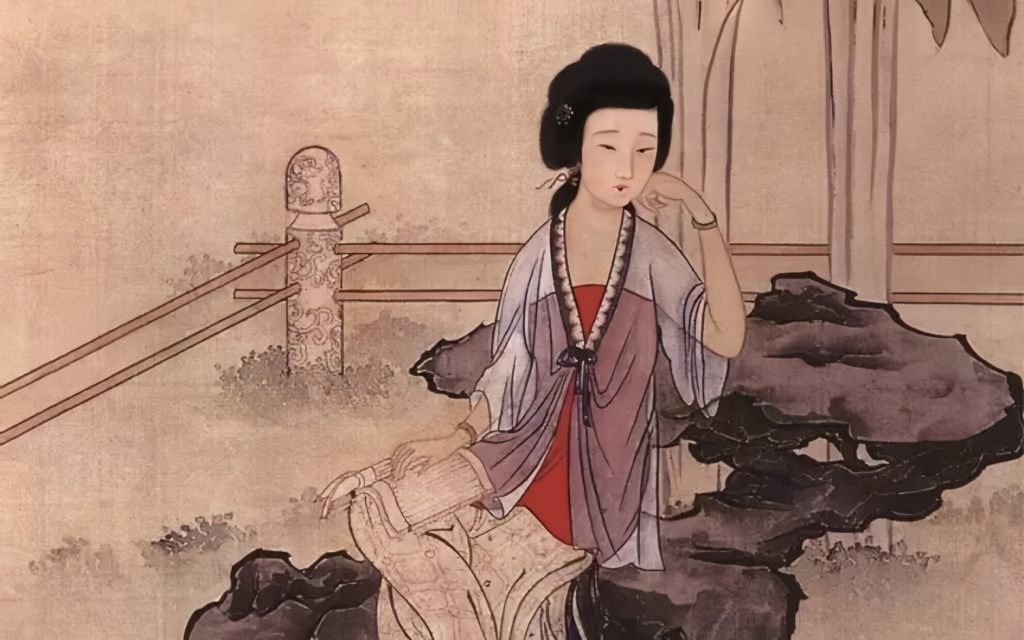
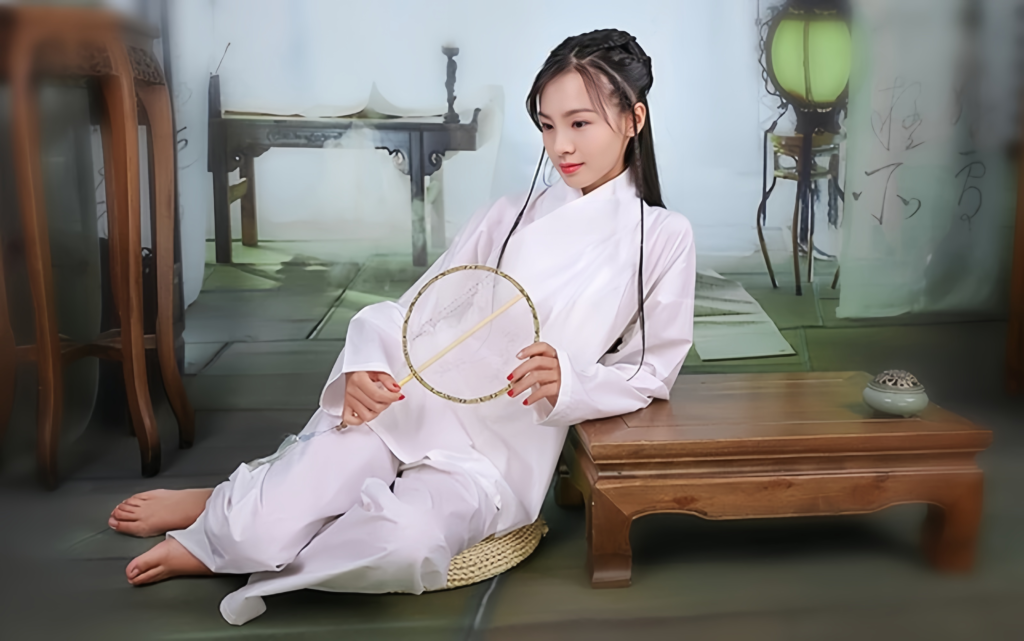


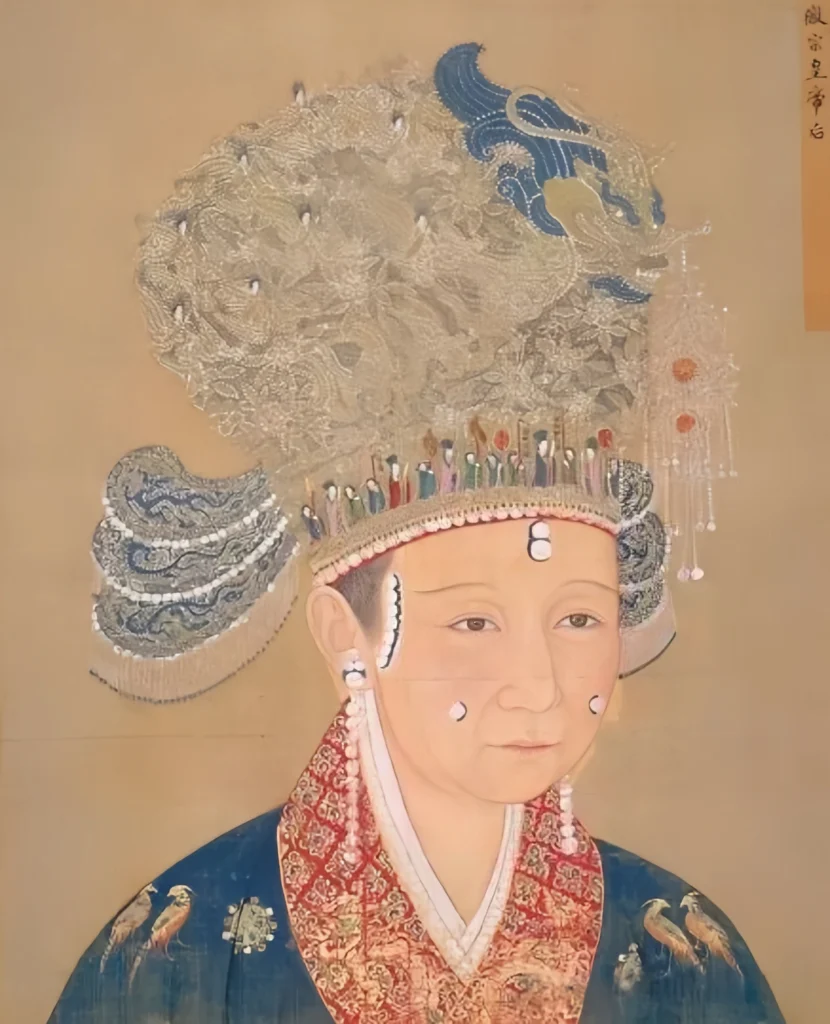
Responses